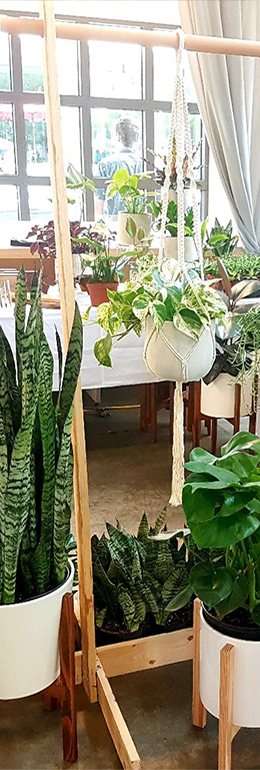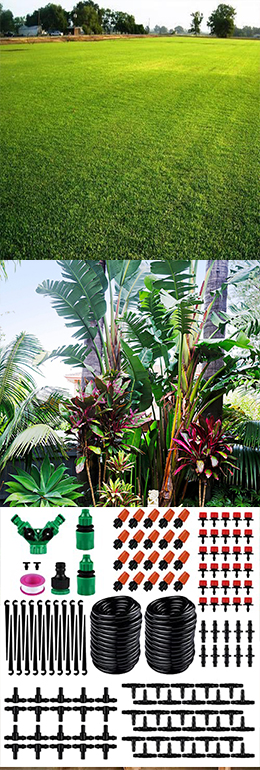Houseplants, Indoor plants, Plants & Flowers
Anthurium
Anthurium


FAMILY: ARACEAE ORIGIN: CENTRAL AND SOUTH AMERICA
Anthurium hybrids an-THUR-i-um
ANTHURIUM, FLAMINGO FLOWER
THE COLORFUL, WAXY, HEART-SHAPED SPATHES of anthurium, which are often
seen in cut-flower arrangements, are the reward for growing this tropical plant.
Older anthuriums were temperamental, but advances in inbreeding in the last few
decades have resulted in plants that are much more lush, compact, and willing to
flower. Blooms, which are really bracts, last for up to 8 weeks, and many
vigorous hybrids bloom nearly year-round, taking a brief break in winter. Very
compact plants grow to only 12 in/30 cm tall, but larger ones may grow to 18
in/45 cm tall and wide. Flower colors include white, orange, and pink.
Flamingo flower (Anthurium hybrid)
Do provide ample humidity by keeping your anthurium on a tray filled with
damp pebbles or in a room with a humidifier. To keep leaves glossy and free of
pests, wipe leaves clean from time to time with a damp cloth or clean the plant with
a fine spray of warm water. Do not allow pets to chew on anthurium foliage, as it
contains calcium oxalate crystals and several toxic proteins that can cause severe
mouth burning or skin irritation in all mammals, including humans.
SPECIFICATIONS
Light
Bright to moderate, with no direct sun.
Temperature: Average to warm (65–80°F/18–27°C). Plant grows best
when there is little difference between daytime and nighttime
temperatures.
Fertilizer
From spring through late summer, feed plants monthly
with a high-phosphorus plant food. In fall and winter, feed every 6
weeks with a balanced fertilizer. Newly purchased plants often have
time-release fertilizer in the pot and need no feeding until plant is
repotted.
Water
In spring and summer, water frequently to keep soil lightly
moist. Leach pots once or twice in summer
In fall and winter, water less, but do not allow soil to dry out. Maintain
moderate to high humidity.
Soil
A peaty potting soil, such as African violet mix.
Repotting: Repot annually in spring, shifting plant to a slightly larger
pot. Set plant high, so the crown sits just above the soil line. If roots
show at the surface between repottings, cover them with moss or a
light sprinkling of potting soil.
Longevity: 5 years or more; indefinitely when propagated by division.
Propagation: When plant produces a new crown more than an inch
away from the main one, gently pull it away when repotting plant and
set it in a small container. With good care, it should begin blooming
after about a year.
Selections
Look for named varieties, many of which will have
trademarks on the plant tags. These are hybrids bred for compact
growth and heavy flowering.
Display tips
Keep plant in a handsome ceramic pot that coordinates
well with the color of the blooms. Snip out central flower to prolong
the life of the colorful spathes and to avoid pollen on tabletops.
TROUBLESHOOTING
Plant does not bloom.
CAUSE: Young age; too little light; too much nitrogen fertilizer.
REMEDY: Plants do not bloom until they are about 1 year old. To promote bud
formation, move plant to a bright place, such as filtered light from a south or
west window. After buds open, move plant to lower light. Check the fertilizer
analysis to make sure the second number (phosphorous) is higher than the first
one (nitrogen).
Leaves turn yellow.
CAUSE: Overwatering.
REMEDY: Check drainage holes to make sure they are not plugged by debris.
Water less, and consider repotting plant using a peaty soil mix that includes
perlite. Anthuriums need a little air around their roots.
Lower leaves are yellow with brown tips.
CAUSE: Overfertilization.
REMEDY: Leach pot . Resume feeding after a month,
mixing fertilizer at half the normal strength. Brown leaf tips without yellowing
may be a sign of extremely dry air. In this case, increase humidity.
Small insects flit about at soil’s surface.
CAUSE: Fungus gnats.
REMEDY: Allow surface to dry between waterings.

 العربية
العربية


